The present customers are time-tested. They are specialists in performing multiple tasks, and need unrivaled client assistance in a hurry, at the spot and time on their personal preference. For many, customer experience matters more than cost. Clients presently don’t have any desire to recollect passwords and PINs or look out for long calls for agents to answer their questions.
Also, endeavors don’t need their agents’ time devoured by commonplace requests. They need them to deal with need calls from faithful clients, and course routine calls to different channels or mechanized responders. Fundamentally, insightful machines are turning out to be “super operators” that can deal with straightforward requests so human ability can zero in on more intricate and valuable task.
Introducing self-service capabilities in contact centers can empower customers to “do it yourself saving time and money in training and supporting agents. Self-service is gaining traction”. We believe the future is all about managed self-services – integrating traditional and self-serve technologies across channels to afford seamless customer interactions and consistently satisfying customer experience at every touchpoint.
Self-service technologies that move businesses in this direction include:
Biometrics:
An enhanced security and fraud prevention technology that uses biometrics has been adopted across industries, including banking and financial services, insurance, and telecom. It enables customers to authenticate/validate their identities using inimitable biometric characteristics, such as voice, iris (eye retina), vein patterns, and brain waves.
This not only helps reduce fraud; it also relieves customers from having to remember conventional passwords and PINs. For example, imagine banking customers withdrawing money from ATMs simply by looking at a camera that detects their unique retinal patterns to determine their credentials and accounts. This would eliminate millions of calls that would otherwise require customer agents to assist in PIN resets or “Forgot Password” queries.
Chatbots/virtual agents:
Chatbots and virtual assistants (VAs) are intuitive, automated, intelligent self-learning platforms that are compatible across devices and can be personified as customized avatars for automated and contextual engagement with customers. Benefits of virtual assistants include time saved communicating with customers, agent productivity improvements, increased channel containment rates, and elevated user engagement.
Consider a major global insurer that deflects millions of calls received each year for plan extensions, policy renewals, and new enrollments to a chatbot. Not only are customers highly satisfied with the increased speed and accuracy per transaction; agents are relieved of rote, repetitive work, and are free to focus on higher-value interactions and transactions.
Emotionally Intelligent Bots (EmoBots):
These are the next big thing in this space. EmoBots will be able to understand a customer’s emotional state in real-time and bring in appropriate support all while maintaining the context of conversations.
Actionable insights via voice UI-enabled personal assistants:
Voice is the new interface. Conversationally intuitive devices and applications are transforming H2M (humans to machine) engagements. Devices such as Amazon’s Alexa (Echo), Apple’s Siri, and Google Speech are taking the user experience to new levels.
They are instinctive, interactive, and can take questions from users to activate orders and simplify daily interactions within enterprises and across business units. They can integrate with external applications using APIs to build a two-way communication channel to accomplish any complex task in the digital and physical world through natural dialog.
Now, users can book a cab, check-in for their flight, receive reminders of their favorite TV shows – even check operational and business KPIs in real-time by asking Alexa. It couldn’t be easier. Consider a diabetic patient who worries about running out of her prescribed medications. Manually watching re-stocking levels and orders using the Web or mobile devices is inconvenient, and she wishes she had a simpler solution. Alexa is a perfect alternative – able to execute orders, send re-order reminders, make payments, and receive confirmations using SMS/voice commands spoken directly into a mobile device.

